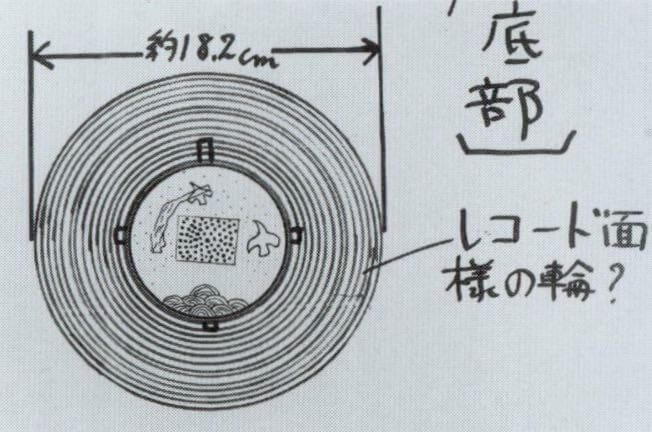
Source Junichi Yaoi (June 2006). Yaoi Junichi no UFO Taizen (Junichi Yaoi’s Complete UFO Collection), 254-256, Lyonsha.
This is a true story of nine Japanese boys who captured a small UFO about 50 years ago.
The Remarkable Experience of Nine Japanese Boys Who Captured a Small UFO in 1972
In the following article, I introduced the amazing story of nine Japanese boys who captured a small UFO in 1972 in Kera, Kochi City and recorded detailed sketches and measurements of it.
According to the boys, this small UFO showed them a series of mysterious phenomena that could not be explained scientifically.
The small UFO then disappeared without a trace, never to be reappeared in front of the boys again.
The local adults assumed that their UFO capture was a prank and did not believe the boys’ story.
However, Lady Luck had not abandoned the boys.
In this article, I would like to introduce how the Kera Incident, which had previously been ignored as a prank by boys, became widely known throughout Japan and became one of the two major UFO incidents in Japan.
It really is more natural to believe a preternatural story, that deals with things we don’t understand, than a natural story that contradicts things we do understand.
Father Brown
Seki and Ike, the Key Persons Who Made the Kera Incident Known Throughout Japan
Not long after the final disappearance of the small UFO, this strange UFO capture incident became known to two well-known Japanese astronomers and comet hunters, Tsutomu Seki and Koichi Ike.
And these two men were the catalyst for a major change in the Kera Incident and the fate of the nine boys.
Seki and Ike were the key persons who first made the Kera Incident, which had previously been thought of as nothing more than a juvenile prank, known throughout Japan.
Tsutomu Seki (born 1930) is a Japanese astronomer and discoverer of minor planets and comets.
Tsutomu Seki (born 1930), a Japanese astronomer, and comet hunter. In addition to astronomical observations, Seki had also verified many unidentified flying objects that was reported in Kochi City.
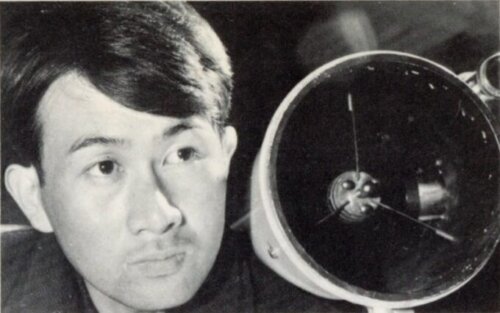
Source Tsutomu Seki (May 1973). Michi no Hoshi wo Motomete (Searching for Unknown Stars), Sankei Shobo.
Seki, coincidentally, was a native of Kochi City, to which Kera belongs.
He became interested in comets in 1948, inspired by the discovery of comets, 45P/Honda-Mrkos-Pajdusàkovà and the Eclipse Comet (C/1948 X1).
This led Seki to study astronomy on his own and began searching for comets in 1950.
However, he was unable to find any comets at first and experienced some frustration, but he never gave up and continued to search for it.
Amazingly, even though he did not get any result, Seki continued to observe the night sky in search of unknown comets for more than 10 years!
Seki tracking Comet Seki-Lines with the 15cm reflecting telescope.
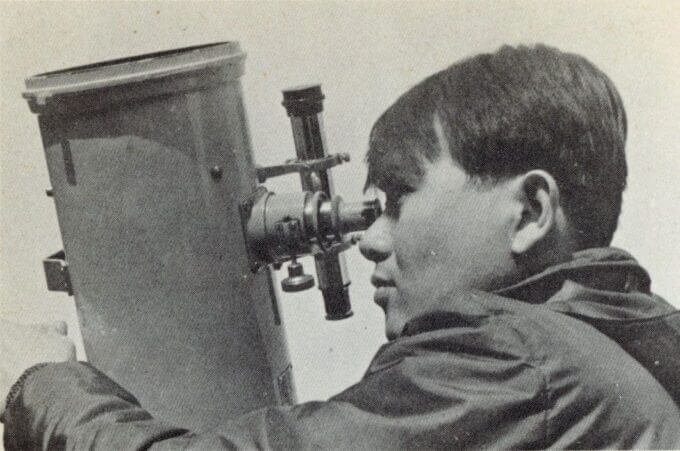
Source Tsutomu Seki (May 1973). Michi no Hoshi wo Motomete (Searching for Unknown Stars), Sankei Shobo.
As a result, starting with the discovery of a comet in 1961, Seki discovered six comets.
In particular, his discovery of comet C/1965 S1 (Ikeya-Seki) in 1965, the well-known great comet clearly visible to the naked eye, triggered an astronomical boom in Japan and made Seki famous in Japan as a comet hunter.
Comet Ikeya-Seki photographed in the suburbs of Washington in the early morning hours of October 30, 1965.
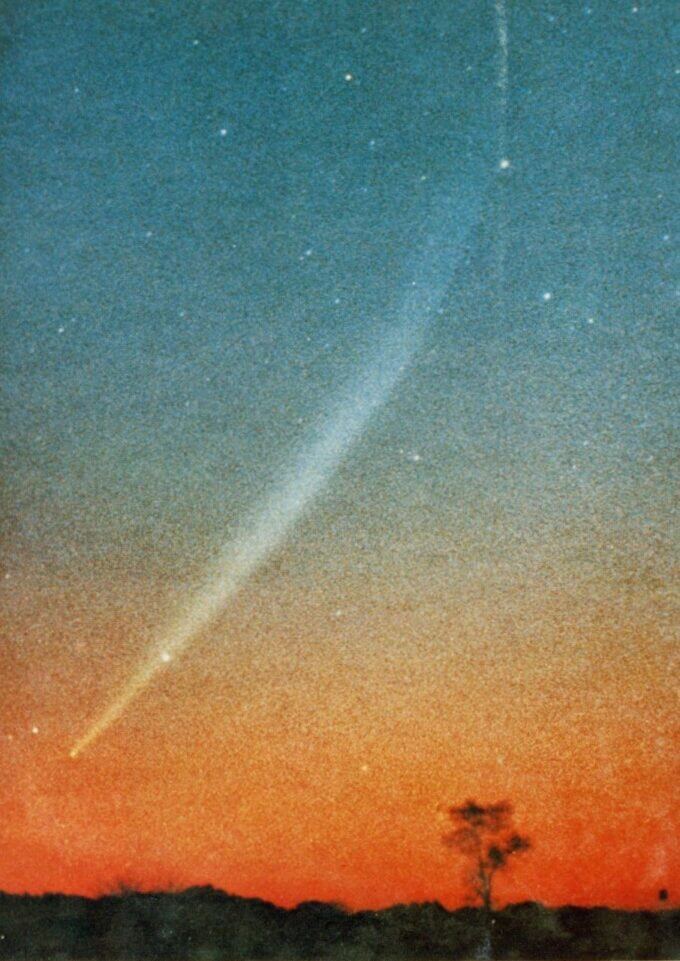
Source Tsutomu Seki (May 1973). Michi no Hoshi wo Motomete (Searching for Unknown Stars), Sankei Shobo.
By the way, Kochi City, which has one of the clearest air quality in Japan, is a popular area for astronomical observation, and “mysterious flying objects” was sighted many times, which Seki had verified each time.
In his book “Hoshi to Seishun no Kiroku: Michi no Hoshi wo Motomete” (Record of Stars and Youth: Searching for Unknown Stars), published in 1973, Seki presents the details of his investigation of the Kera Incident as “The Flying Saucer That fell on Kera Village.”
Tsutomu Seki (May 1973). Michi no Hoshi wo Motomete (Searching for Unknown Stars), Sankei Shobo. This book is now out of print and difficult to find even in Japan.
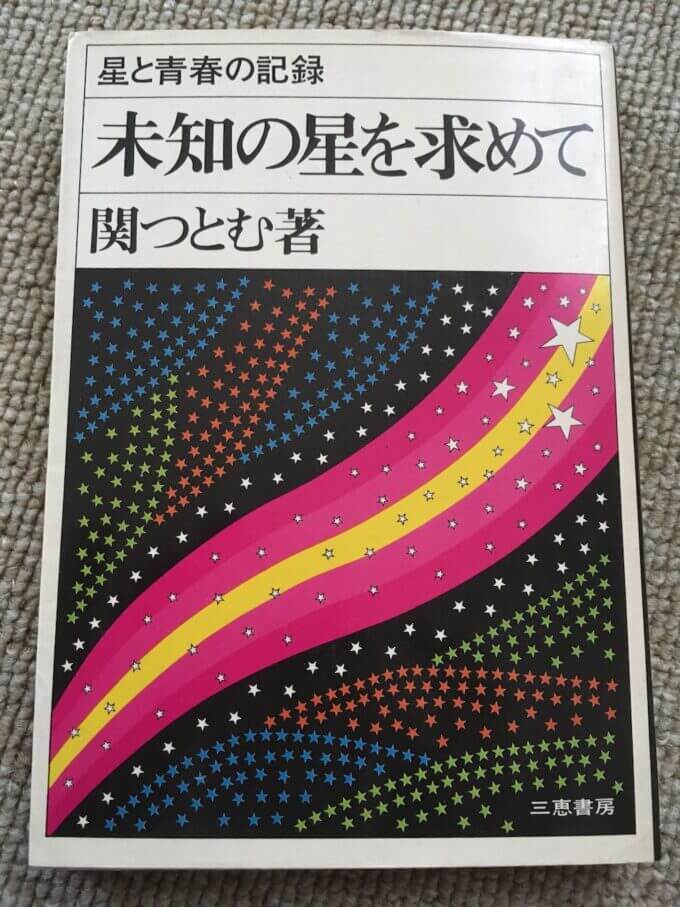
The Day The Boys First Contacted Seki and Ike
According to Seki, he was a daytime radio personality for the Kochi Broadcasting Station in 1972, the year of the Kera incident.
Coincidentally, one of the boys who captured the small UFO had listened to Seki’s radio program and suggested that they contact him about their strange experience.
So, one of the boys, Sadao, decided to call Seki’s radio program on behalf of everyone.
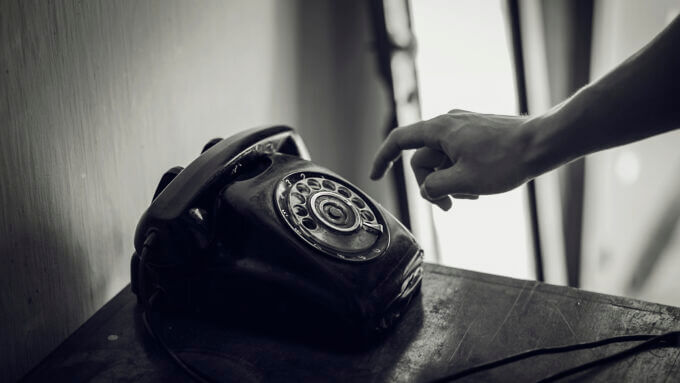
*The above image is simulated for illustrative purposes only.
It was about ten days after the small UFO had last disappeared.
One Saturday*1, Seki was broadcasting a radio program at the Kochi Broadcasting Station studio as usual.
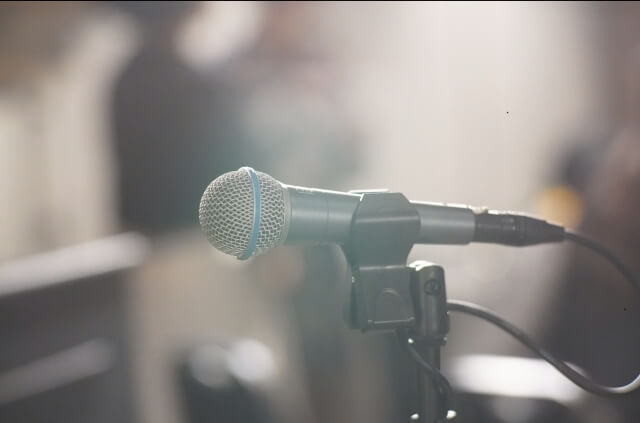
*The above image is simulated for illustrative purposes only.
Note*1:
If the information that the last time the small UFO disappeared was September 22, 1972, is correct, then the Saturday when Seki received the call from the boys was probably September 30, 1972.
Unfortunately, when Sadao called the Kochi Broadcasting Station, Seki was not available to take the call because he was broadcasting on the radio, and a female producer took the call instead.
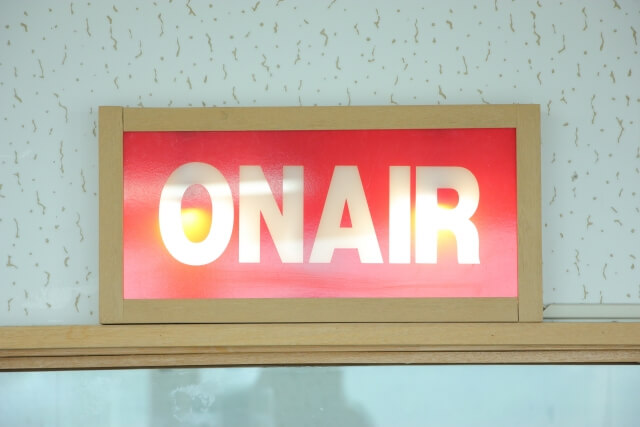
*The above image is simulated for illustrative purposes only.
After the broadcast, Seki was passed a phone message from the female producer, which read as follows:
Towards the end of the summer vacation, a strange hat-shaped flying saucer? was discovered in a rice field near the Yokohori complex in the Kera region.
It is about 20 centimeters (about 8 inches) in diameter, glows in the evening, and sometimes it flies up.
Since September, we caught it several times and tried to bring it to school to show the teachers, but no matter how many times we caught it, it always escaped before we knew it.
We wonder what this strange object was.
After reading the message, Seki had no idea what was going on.
However, according to the female producer, several junior high school students had gathered at Sadao’s house, waiting for Seki to call back.
So, after leaving the Kochi Broadcasting Station, Seki immediately contacted Koichi Ike, his fellow comet hunter living in Tosa City, and asked him to investigate this strange incident.
Ike had always had a great curiosity about this kind of UFO case and this is why Seki asked him to investigate the Kera Incident.
Koichi Ike, a Japanese astronomer, and comet hunter. Ike always had a great curiosity about UFO cases.
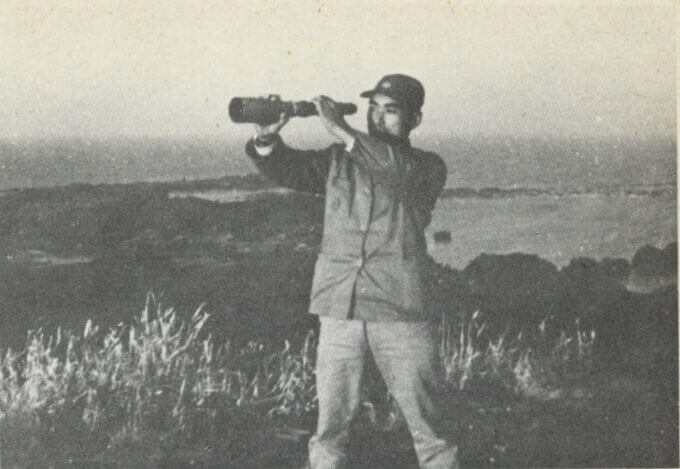
Source Tsutomu Seki (May 1973). Michi no Hoshi wo Motomete (Searching for Unknown Stars), Sankei Shobo.
Seki then went to work and came home in the evening, but he had forgotten all about the phone call during the day.
However, later that day, Ike came back from his coverage of the Kera Incident.
To Seki’s surprise, Ike looked pale.
According to Ike, he felt a chill run down his spine as he listened to the boys talk about the bizarre incident that took place in Kera.
Below is a photo of the boys being interviewed by Ike about capturing the small UFO. On the far right is Ike. Ike was the first adult to listen sincerely to the words of these boys, who until then had been disbelieved by adults as children’s pranks.
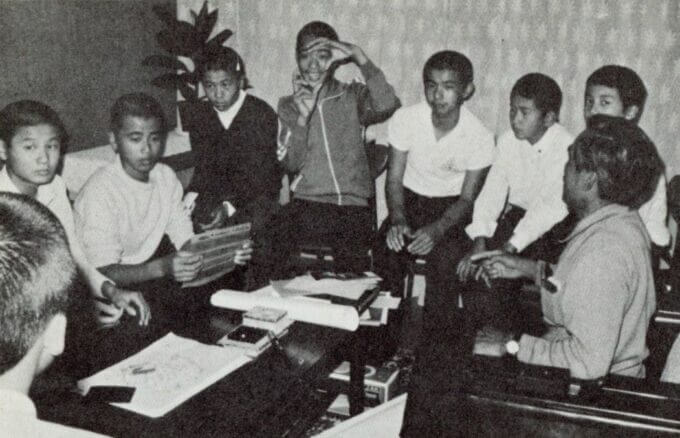
Source Tsutomu Seki (May 1973). Kera-muraniOchitaEnban (The Flying Saucer That Fell on Kera Village), Michi no Hoshi wo Motomete (Searching for Unknown Stars), 187-194, Sankei Shobo.
Seki’s Consideration of the Kera Incident
Seki was provided with recordings of the accounts of the people involved in the Kera Incident and photos of the scene by Ike.
Ike, who had always been interested in UFOs, worked to confirm this strange incident.
On the other hand, Seki took a negative stance and tried to get to the bottom of this mysterious incident based on the information provided by Ike.
At first, Seki thought that the incident might have been a prank by the boys.
Because based on the fact that something was flying in the sky, someone could have thrown an object like a large ashtray into the rice field to trick their friends.
Seki points out, however, that there were many inexplicable phenomena that occurred in the Kera case that cannot be understood with common sense.
The first point is that the object was glowing.
In fact, the boys who witnessed and captured the small UFO at night in the rice fields all agreed that it was emitting flashes of light.
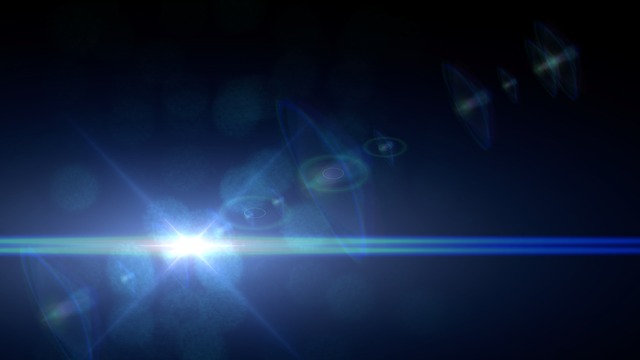
*The above image is simulated for illustrative purposes only.
According to the boys, the color of the light was blue or slightly yellowish blue, and it flickered periodically.
Using the light as a guide, the boys walked from place to place in the rice fields and captured the small UFO.
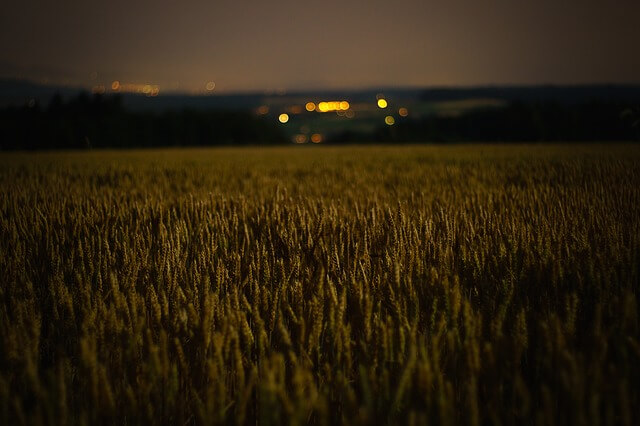
*The above image is simulated for illustrative purposes only.
Surprisingly, it was not only the boys who witnessed this light, but also an adult.
In fact, when Toshiaki brought the small UFO into his home in his knapsack, his mother, Aiko Kuzuoka, saw a large flickering object in the knapsack, as if it were a firefly.
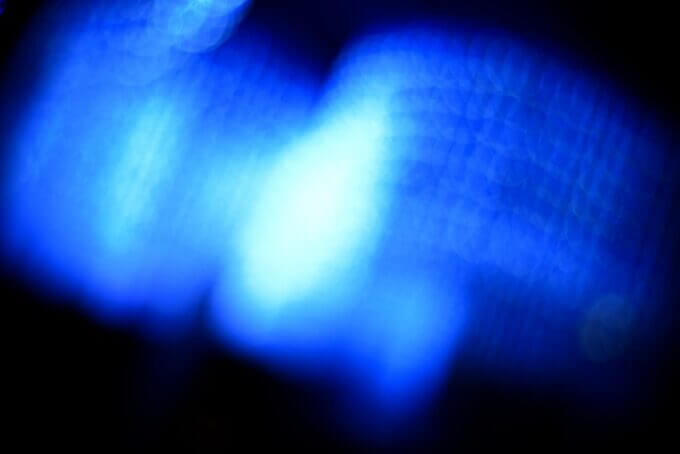
*The above image is simulated for illustrative purposes only.
Seki’s Field Investigation Report
One night in mid-October, Seki visited the site where the UFO was sighted.
What on earth did the boys see?
Seki thought that he might be able to find something that could be misidentified as a UFO.
When he visited Kera, the boys were away on a school trip.
The area around the rice fields where the UFO was sighted used to be a place feared by the locals because it was said to be haunted by a monster named Shiba-ten.
Shiba-ten is a yokai (Japanese folk monster) that has been handed down from generation to generation in Kochi and Tokushima prefectures.
It is said to look like a small child about one meter tall with hair all over its body.
Shiba-ten from ShinsenseiIchidaiki
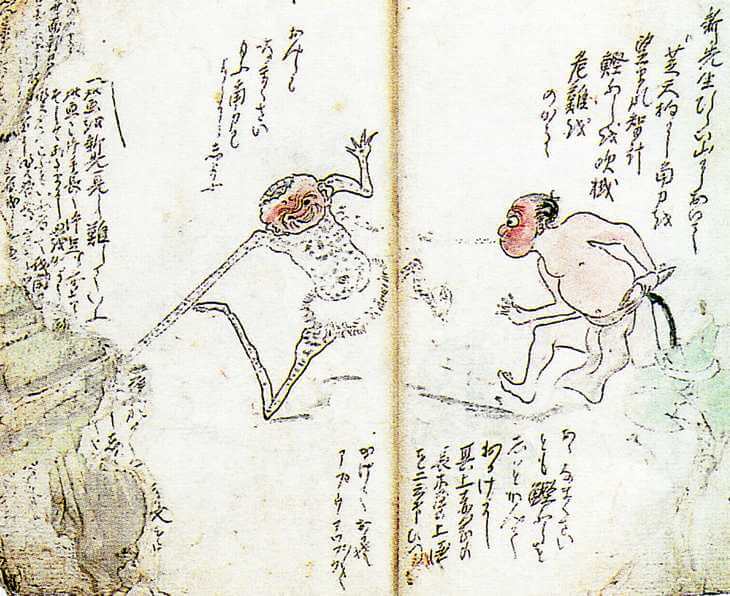
Because of this folklore, it was said in Kera that no one would pass through the area at night for fear of Shiba-ten.
In fact, when Seki walked for half an hour at night along the path between rice fields near the place where the UFO was sighted, he did not encounter a single person during that time.
After visiting all the places where the small UFO was sighted, Seki felt that he had a rough clue about the UFO sighting.
Seki noticed the little remaining water left in the rice fields glowed blue and red, reflecting the city’s neon lights in the distance.
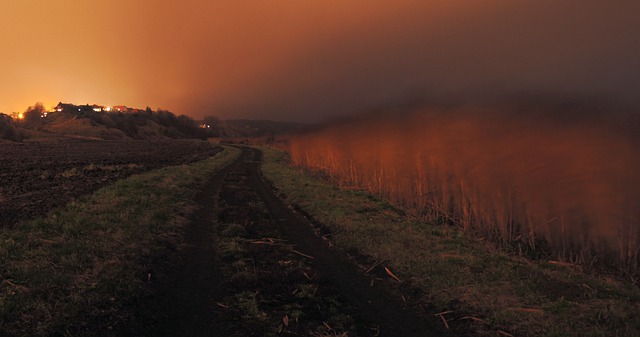
*The above image is simulated for illustrative purposes only.
Furthermore, there was a golf driving range in the middle of the rice fields where the small UFO was sighted, with fifteen lights installed on top of a high wire fence, dazzlingly illuminating the surrounding area.
Seki visited the rice fields in Kera where the boys had found the small UFO. The light in the back of the photo is the lighting of the golf driving range that existed at the time.
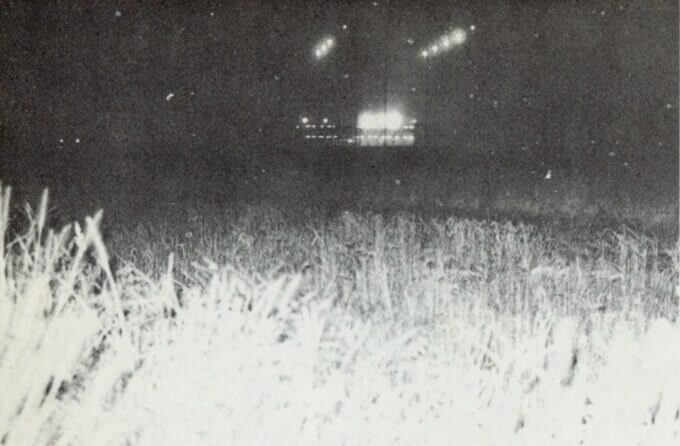
Source Tsutomu Seki (May 1973). Kera-mura ni Ochita Enban (The Flying Saucer That Fell on Kera Village), Michi no Hoshi wo Motomete (Searching for Unknown Stars), 187-194, Sankei Shobo.
Seki also noticed that the grass, wet with night dew, reflected the strong lighting of the driving range and shone brightly as he walked.
Also, perhaps because it was during the fall harvest season, there were various farming tools in the rice fields, which looked like ghosts in the distant light.
Seki went through all the places where UFOs was found in the large fields but found nothing else suspicious.
After investigating that night, Seki had a feeling that the UFO’s identity was due to the intense lighting of the driving range.
He wondered if the birds flying in the sky in the evening reflected the lights of the driving range and looked like some kind of UFO.
Seki Interviewed the Boys and Their Parents
After visiting all the sites where the small UFO was found, Seki visited the home of Isamu Fujiwara, Sadao’s father.
He then had the opportunity to interview the nine boys who had captured the mysterious small UFO and their parents.
Seki interviewed the boys about the series of events that had taken place in Kera, and as he watched their earnest looks and innocent attitudes as they talked about the small UFO, he could not help but feel that this incident could not be dismissed as just children’s pranks.
According to Seki’s report, the boys were all serious students who could study well.
In his report, Seki said that when he saw several sketches of UFOs that the boys had enthusiastically drawn, he couldn’t help but be curious about the strange patterns that were carved in relief on the backside.
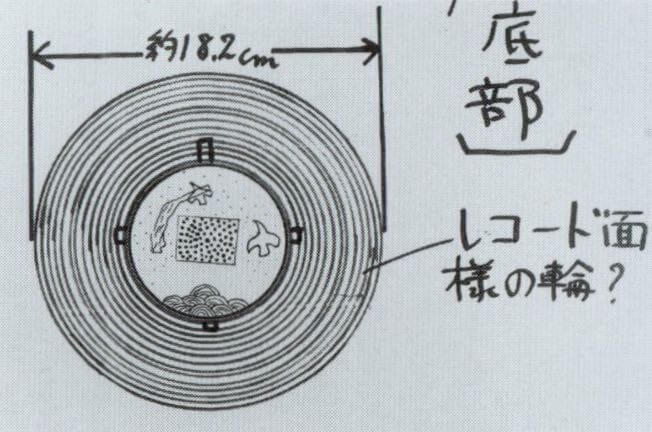
Source Junichi Yaoi (June 2006). Yaoi Junichi no UFO Taizen (Junichi Yaoi’s Complete UFO Collection), 254-256, Lyonsha.
It was a traditional Japanese design of rippling waves and plovers.
The moment Seki saw the design sketched by the boys, he suddenly had a feeling that he had seen that pattern somewhere before.
He said that for a moment, a seascape of the ocean and pine forest ran through his mind.
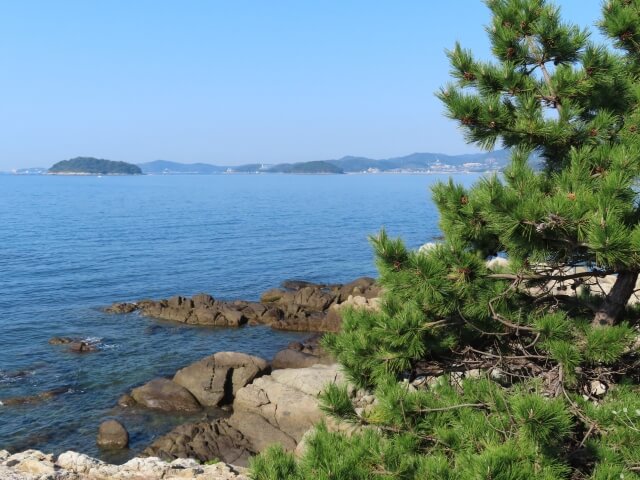
*The above image is simulated for illustrative purposes only.
It was a vague inspiration, but Seki says,
If we could figure out the meaning of this design, perhaps we could solve the mystery of this mysterious UFO.
As a result of his investigation, Ike said that he is convinced that the experience of the nine boys actually happened.
Ike said,
There is no contradiction in the boys’ stories.
This is definitely a fact that they experienced!
So, Ike published an article in an astronomical journal, stating that the object captured by the boys in the Kera Incident was “most likely a UFO.”
Kera Incident Broadcasted Nationwide on Japanese Television
At that time, Junichi Yaoi, a director of Nippon Television’s late-night program “11 PM,” happened to read this Ike’s article and learned of the Kera Incident.
Junichi Yaoi (born 1935).
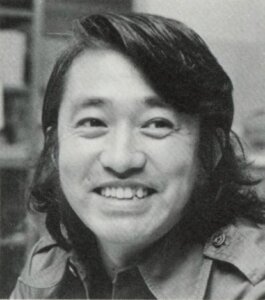
Source Junichi Yaoi (July 1978). Zenkoku UFO Mokugeki Tahatsu Chitai (UFO Sighting Zones in Japan), 272-277, Futami Shobo
Yaoi worked on many documentary-style occult programs dealing with supernatural phenomena for the programs “11 PM” and “Mokuyo Special (Thursday Special),” making occultism and UFO incidents widely known in Japan.
So he earned the nicknames “Kaiki Director (Weird Director)” and “UFO Director.”
Yaoi was interested in the Kera Incident and decided to take it up in the corner of “Getsuyo Eleven (Monday Eleven),” a program hosted by Kyozen Ohashi.
Kyosen Ohashi (1934 – 2016).
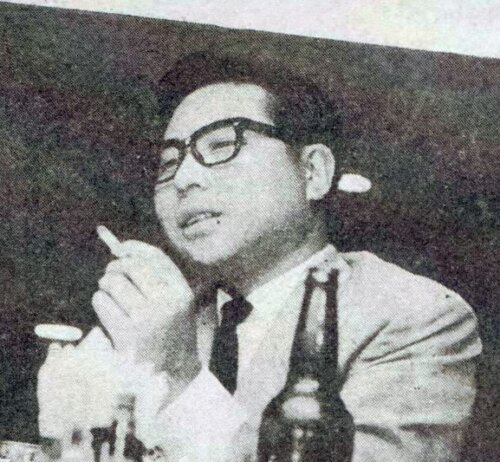
Source Shukan Myojo, Vol. 33, Aug. 7 (1966), Shueisha.
Through Yaoi’s introduction, three of the boys, Hiroshi, Sadao, and Toshiaki were also invited to the Tokyo studio of “11 PM,” Japan’s first late-night talk show.

*The above image is simulated for illustrative purposes only.
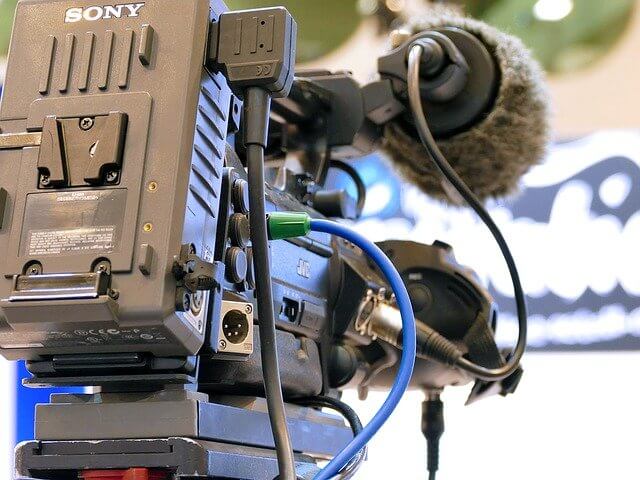
*The above image is simulated for illustrative purposes only.
After that, Yaoi interviewed the boys involved in the Kera incident and featured the Kera Incident in a nationally televised program, “Mokuyo Special: UFO Tokuban (Thursday Special: UFO Special),” aired on October 10, 1974.
Michio and Yasuo point to the rice field where they first found the small UFO. In the background on the right is the golf driving range that existed at the time.
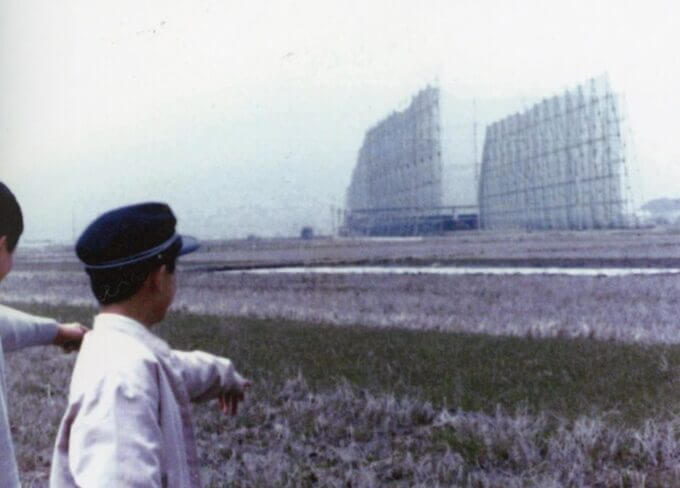
Source MYSTERY PHOTONICLE (May 2016), 40-41, Digital Ultra Project
As a result of interviewing the boys, Yaoi made the following comments.
There was not the slightest discrepancy in the accounts of the nine boys.
I examinined the photos clearly showing a small UFO floating and glowing in the air the rice fields, as well as the accounts of some adults.
There was no doubt that the boys’ experiences were true.
Shusaku Endo, a Famous Japanese Writer, Reported on the Kera Incident
Two months later, Shusaku Endo, a famous Japanese writer, who learned about the Kera incident from Yaoi’s UFO Special, also went to Kera to interview the boys.
And he wrote a detailed report on the incident in an essay titled “The Flying Saucer of Kera Town” in Shukan Shincho.
Shusaku Endo (1923-1996) was a Japanese author who wrote from the rare perspective of a Japanese Roman Catholic. Endo’s 1966 historical novel “Silence” was made into a film by Martin Scorsese in 2016.
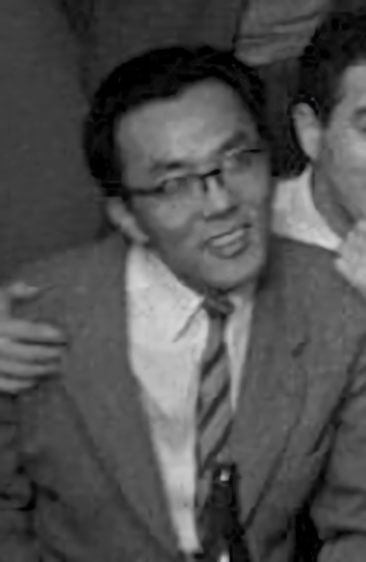
According to Endo, he had the following impressions about the boys’ stories.
The boys were not trying to deceive me by telling ridiculous stories during the interview.
But they were simply telling the truth in earnest.
The Boys Went From “Bullshit Boys” to “Town Heroes”
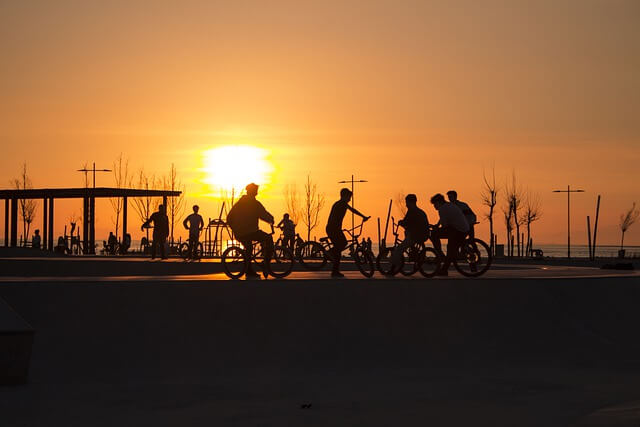
*The above image is simulated for illustrative purposes only.
After the positive introduction by well-known comet hunters, Seki and Ike, appearing on the national TV programs handled by a famous UFO director, Yaoi, and the interview by a well-known author, Endo, the nine boys went from being obscure “bullshit boys” to famous “town heroes” who captured a UFO for the first time in Japan.
Furthermore, the Kera Incident caused a frenzied UFO boom among local children and became so famous that it is remembered as an incident that no one in Kochi City knows about.
According to the locals, the rice fields of Kera were filled with children searching for UFOs until the spring rice planting began at that time.
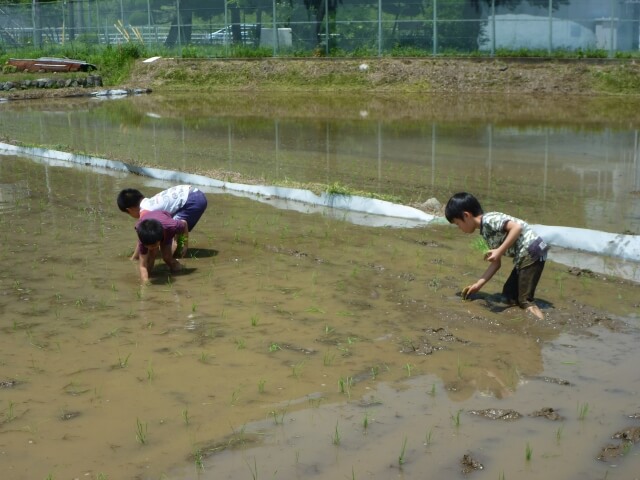
*The above image is simulated for illustrative purposes only.
In this way, the Kera incident became known as one of the most prominent UFO incidents in Japan’s UFO history.
But this wasn’t the end of the story …
In the next article, I would like to focus mainly on the amazing views of the UFO skeptics on the Kera Incident.
(To be continued to part 4)
Published on May 26, 2021
Written by OTAKUPAPA
References:
- Tsutomu Seki (May 1973). Kera-mura ni Ochita Enban (The Flying Saucer That Fell on Kera Village), Michi no Hoshi Wo Motomete (Searching for Unknown Stars), 187-194, Sankei Shobo.
- Shinichiro Namiki, Kazuo Hayashi (Field Investigator) (April 1973).– JSPS Special Report–Soratobu Enban Ikedori Misui!! Kochi-shi Keramura de Okotta Kisou Tengaina Enban Soudou …… ??? (Attempted Live Capture of Flying Saucer! A Bizarre Flying Saucer Incident in Kera Village, Kochi City …… ???) Unidentified Flying Objects – Information and Research – Vol.1, No. 1, 48-50, Japan Space Phenomena Society (JSPS).
- Mokuyou Special Gendai no Kaiki Tuikyu Daisandan Utyujinwa Tikyuni Kite Iru!! (Thursday Special: Modern Weirdness, Pursuit #3: Aliens are Coming to Earth!!), Nippon Television Network Corporation, broadcast on October 10, 1974.
- Shusaku Endo (1976). Kera-Cho no Soratobu Enban (Flying Saucer in Kera Town), Boku ha Koukishin no Katamari (I Am a Curious Man), 36-44, Shinchosha.
- Junichi Yaoi (July 1978). Zenkoku UFO Mokugeki Tahatsu Chitai (UFO Sighting Zones in Japan), 272-277. Futami Shobo
- Ryoma Mulder (November 2002). Kochi Kogata UFO Hokaku Jiken Tenmatsu Report by Ryoma Mulder (Report on Capture of a Small UFO in Kochi by Ryoma Mulder), http://www.youneeds.com/xfiles/ufo/kela_ufo_catcher.htm
- Hiroshi Yamamoto, Kazuo Shimizu, and Ryutaro Minakami (July 2005). Tondemo UFO Nyumon (Introduction to Ridiculous UFO Cases and Researchers), Yosensha.
- Junichi Yaoi (June 2006). Yaoi Junichi no UFO Taizen (Junichi Yaoi’s Complete UFO Collection), 254-256, Lyonsha.
- Kenichi Nishimoto (May 2009). Kochi-ken Kera-Cho“UFO Hokaku Jiken” no Shogeki (The Impact of the “UFO Capture Incident” in Kera Town, Kochi Prefecture), Nihon “Kaiki” Taizen (The Complete Book of Japanese “Weirdness”), 239-253, Million Shuppan
- Shinichiro Namiki (Feburary 2010). Mikakunin Hikou Buttai UFO Taizen (The Complete Guide to Unidentified Flying Objects UFOs), 227-233, Gakken Plus.
- Shinichiro Namiki, Tanbo de Chugakusei ga Kogata Enban wo Hokaku Nazo no ‘Kera UFO Jikenno Ima wo Ou!! (Junior High School Students Captured a Small Flying Saucer in Rice Fields: Now Tracing the Mysterious ‘Kera UFO Incident!!’), MU Magazine, April 2014 issue, 172-177, Gakken.
- Kenji Sato, Radio Adventure, Kikai Isan (Odd World Heritage), NHK Radio 1, broadcast on May 3, 2016.
- MYSTERY PHOTONICLE (May 2016), 40-41, Digital Ultra Project
- Kozo Niwa, Kazuo Hayashi (June 2016). Nihon no Juyo UFO Jiken: Kochi Keramura UFO Hokaku Jiken (Important UFO Incident in Japan: Kochi Kera Village UFO Capture Incident), https://ameblo.jp/entry-12168532537.html
- Tatsuya Honjo, ASIOS (August 2017). UFO Jiken Chronicle (Chronicle of UFO Incidents), 138-145, Saizusha.

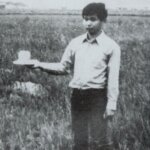

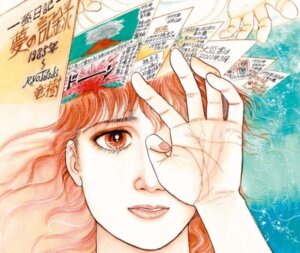
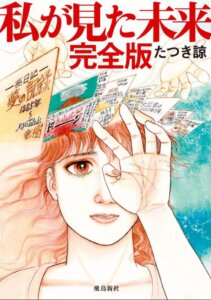
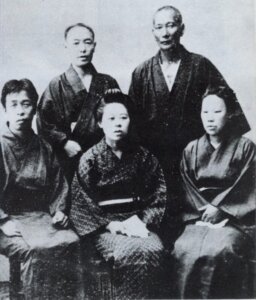
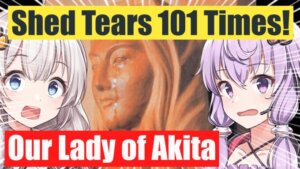
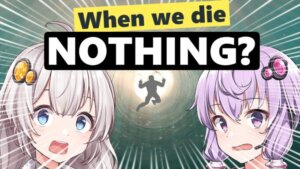
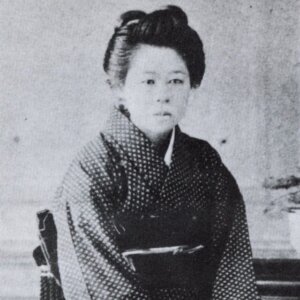
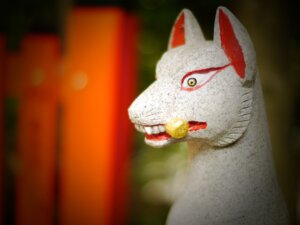
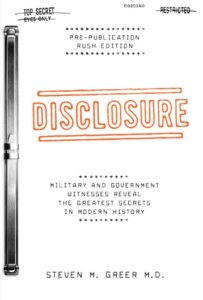
Comments